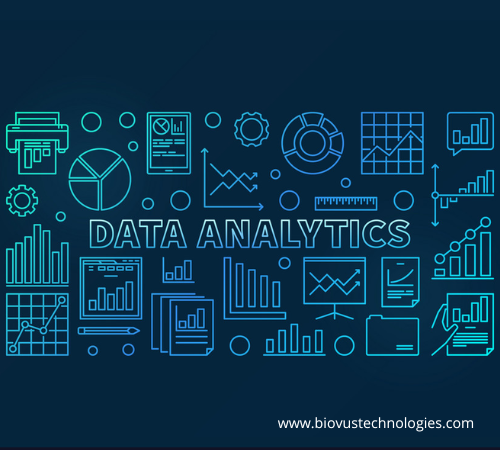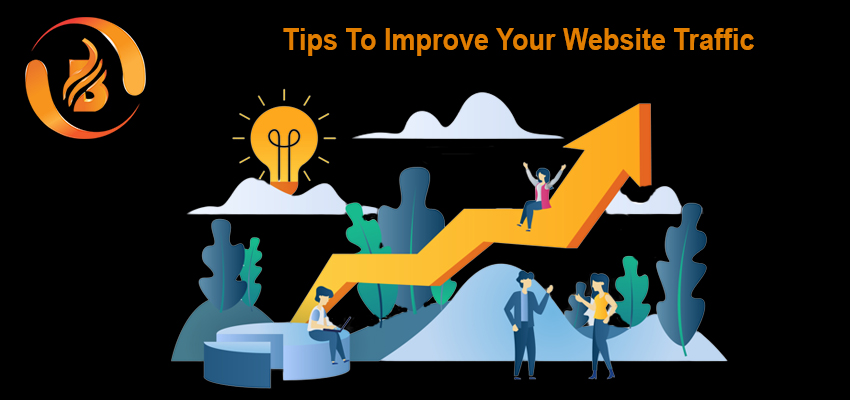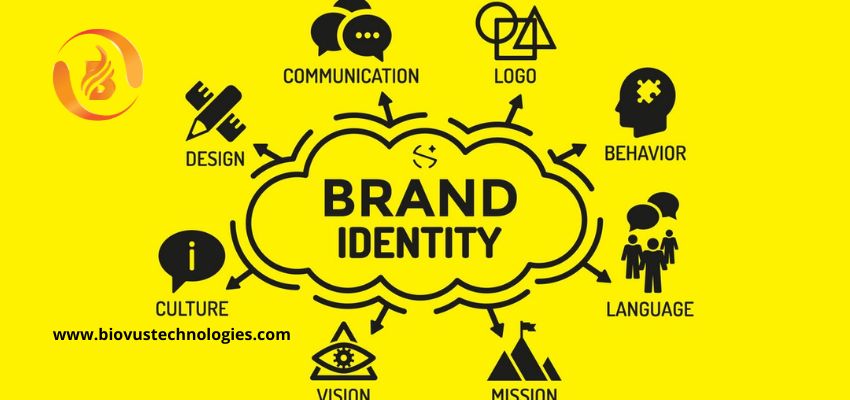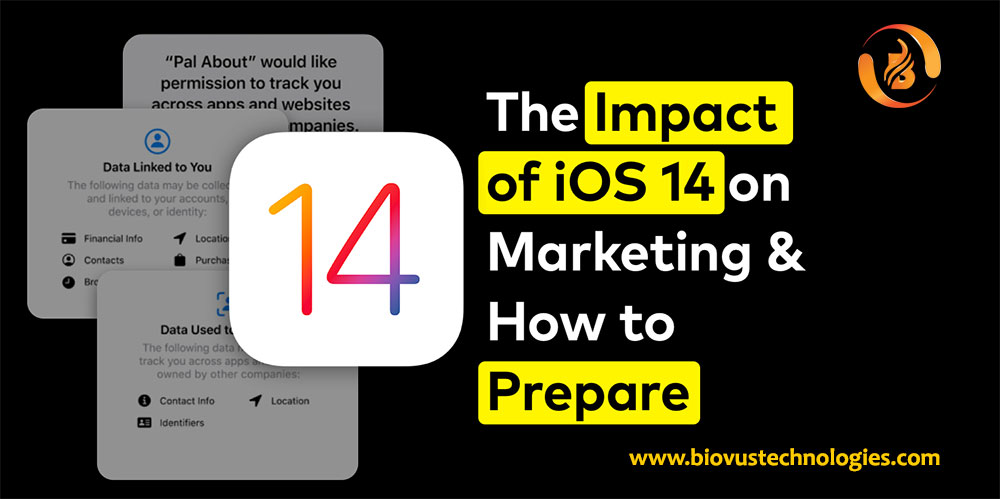How Does Data Analytics Work?
Data analytics in Best IT Companies In India is the science of analysing raw data in order to derive conclusions about it. Several Top 10 IT Companies in India allow to data analytics processes and techniques have been automated into mechanical processes and algorithms that deal with raw data and are meant for human consumption.
Analytical Data Understanding:
Best IT Companies In India defines the term Data analytics is a broad term that encompasses a wide range of data analysis techniques. Data analytics techniques may be applied to any type of data in order to extract information that can be utilised to improve things. Data analytics approaches can uncover trends and metrics that would otherwise be lost in a sea of data. By optimising operations, this data may be used to increase a Best IT Company in India‘s overall efficiency.
Data analytics may be used for a lot more than merely identifying bottlenecks in production. Gaming companies employ data analytics to design reward programmed for players that keep them interested throughout the game. Many of the same data analytics are used by content providers to keep you clicking, viewing, or reorganizing material in order to obtain another look or click.
Data analytics is important because it helps businesses improve their performance. Best IT Companies In India may assist cut costs by developing more efficient ways of doing business and storing big volumes of data by incorporating it into their business strategy. Data analytics may also be used to assist a firm make better business decisions and assess consumer patterns and satisfaction, which can lead to the development of new—and better—products and services.
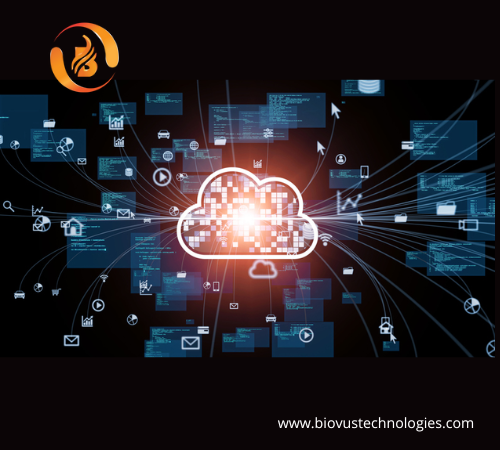
Steps in Data Analysis:
The first step is to figure out what data you’ll need and how you’ll categorise it. Data may be separated based on age, demographics, income, and gender. The information might be numerical or categorised.
The collection of data is the second step in the data analytics process. This may be accomplished using a number of tools, including computers, internet resources, cameras, environmental sources, and individuals.
After the data has been collected, it must be organized before it can be analyzed. This might be accomplished with the use of a spreadsheet or other statistical data-gathering tools.
The data is then cleaned up before being analyzed. This implies it’s been cleansed and double-checked to make sure there are no duplications or errors, and it’s not missing anything. Before the data is given to a data analyst for processing, this step assists in the repair of any errors.
Data Analytics Types:
There are four different forms of data analytics.
- Descriptive analytics: This describes what happened over a period of time. Is it accurate to say that the number of views has risen? Is this month’s revenue higher than the previous month’s?
- The goal of diagnostic analytics is to figure out why something happened.This necessitates a wider range of data sources as well as some guesswork. Has the weather have an effect on the selling of beer? Has your most recent marketing campaign have an impact on sales?
- Predictive analytics focuses on what is likely to happen in the near future.When was the last time we experienced a very hot summer? How many weather models predict a scorching summer this year?
- Prescriptive analytics refers to the use of data to suggest a path of action. If the probability of a hot summer is more than 58 percent as shown by the average of these five weather predictions, To increase productivity, we should add an evening shift to the brewery and hire an additional tank.
Many quality control techniques in the financial realm, notably the ever-popular Six Sigma programme, are based on data analytics. It’s virtually hard to optimise something if you aren’t properly monitoring it, whether it’s your weight or the number of errors per million in a production line.
The travel and hotel industries, which require rapid turnarounds, are among the industries that have implemented data analytics. This industry may collect client data and determine where, if any, problems exist and how to resolve them.
To make timely judgements, healthcare integrates the utilisation of large volumes of organised and unstructured data with data analytics. Similarly, the retail business makes extensive use of data in order to suit the ever-changing needs of customers. Retailers may use the data they collect and analyse to spot trends, make product recommendations, and boost earnings.
Visit us on: www.biovustechnologies.com

